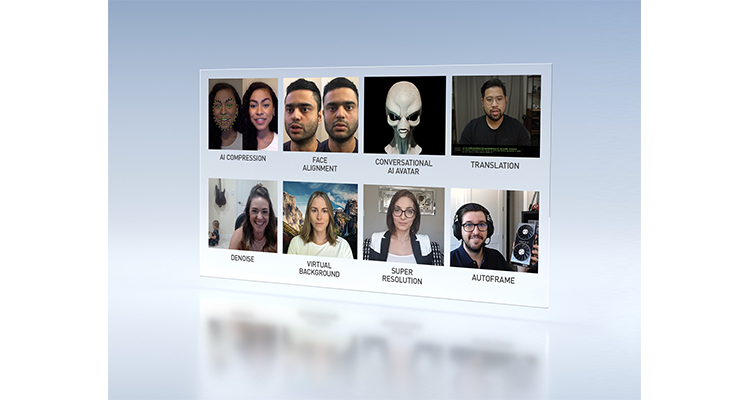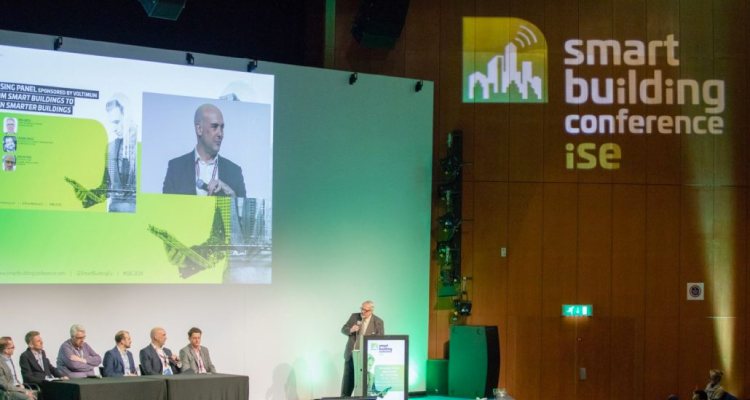A Review of the 2014 Smart Building Conference
 By Samantha Halle
By Samantha Halle
rAVe Staffer
The Smart Building Conference was created with one clear goal: to promote the ways in which the AV industry can make intelligent contributions to innovations building design. Before delegates split into the parallel tracks of commercial or residential application, the Smart Building Conference @ ISE 2014 kicked the day off with a plenary session to offer industry-leader perspectives on both the present and future states of the smart building industry.
Channel Media Europe Editor-in-Chief Bob Snyder set the tone for Smart Building Conference @ ISE 2014 as an interactive discussion about smart building. Using IML Connectors, delegates were asked to answer questions related to their knowledge and expertise in the smart building industry. For example, 11.4 percent of the audience rated their knowledge of LED lighting as dim, and just half of delegates understood the term “Internet of Things.” Before introducing Jim Sinopoli, managing principal of Smart Buildings LLC, as keynote speaker, Snyder said that the day’s goal was to bring together all of the industries that make smart building possible.
According to Sinopoli, the current state of the smart building industry tends to be reactive rather than proactive with regards to many operational issues, including under valued operations, insufficient FM tools and little data management and analysis. With the progression of IP convergence, however, Sinopoli pointed toward increased system integration as the necessary future of the industry. With data points, network cabling and communication, system integration will allow for greater data mining for improved performance.
Likewise, collaboration will be key. All speakers – Sinopoli, Quentin Drewell, Lee Funnell, Kathy Farrington and Marc Haesen – at the event seemed to agree that for smart building innovations to continually occur, component suppliers, designers, construction and more must work together to make integrated systems both seamless and accessible. The value proposition of adopting integrated home systems must be clearly conveyed to end users in order move smart building beyond the early adopter phase of the diffusion. Specifically, manufacturers and providers must provide end user consumers with compelling reasons to buy, install and maintain equipment in an easy way. In fact, Haesen went so far as to say that do-it-yourself integration must be simple enough for children to install and maintain to truly move beyond the tech savvy early adopters. Further, the future of smart building hinges on the ability to leverage data to be both social and mobile across unified platforms in a reliable way. Briefly, an intentional leveraging of fault detection diagnostics, building information modeling and big data analytics will give end users a compelling reason to buy into smart building systems as the way of the future.





